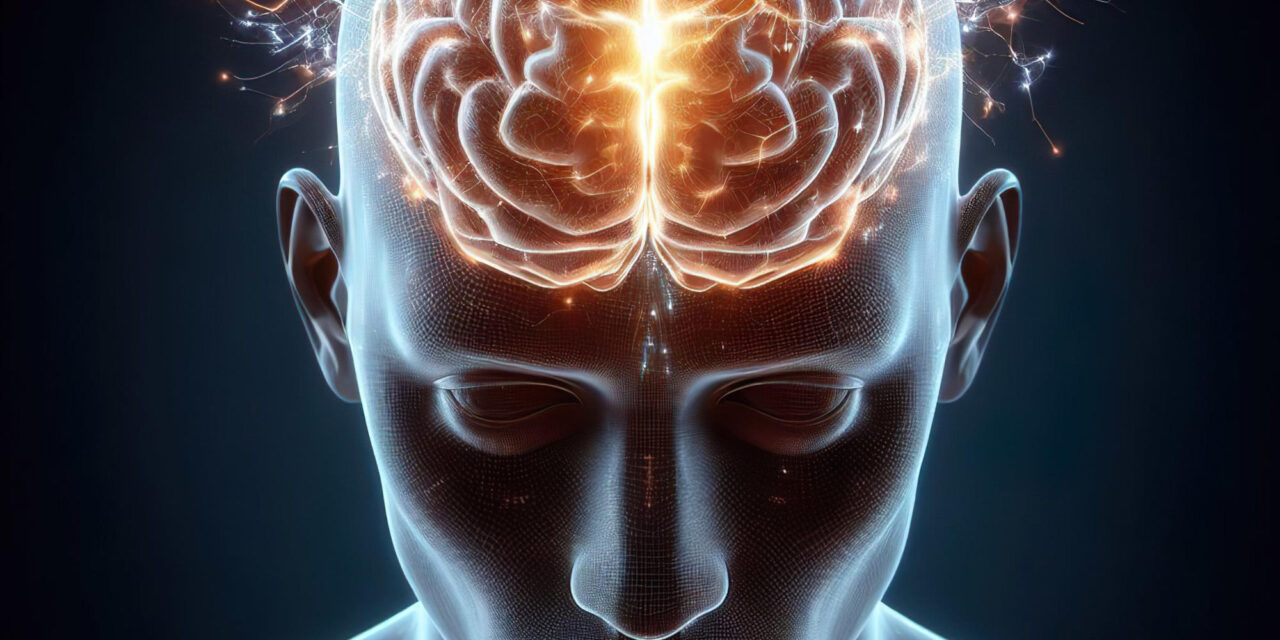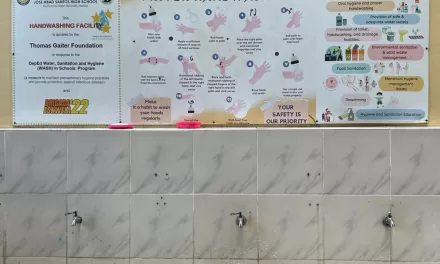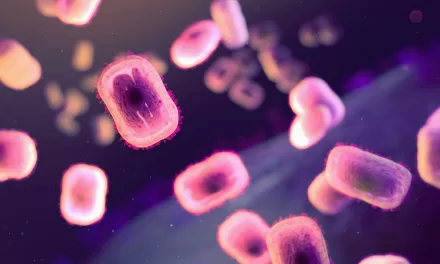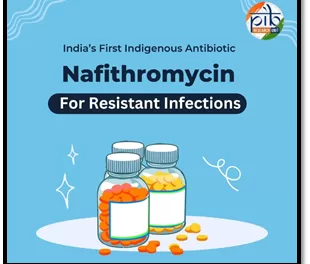A groundbreaking study published in JAMA Psychiatry has shed light on the alarming global gap in the treatment of mental health and substance-use disorders. Researchers from the University of British Columbia (UBC) and Harvard Medical School have found that just 6.9% of people with such disorders receive effective treatment, despite the availability of healthcare systems in many countries.
The comprehensive analysis, which spans nearly 57,000 participants across 21 countries over a 19-year period, is one of the largest of its kind. It provides an in-depth look at the obstacles individuals face in receiving the proper care for a range of common mental health and substance-use issues, including anxiety, mood disorders, and addiction.
Dr. Daniel Vigo, lead author of the study and associate professor at UBC’s Department of Psychiatry, emphasized that one of the primary barriers to effective treatment is individuals not recognizing the need for it. The study revealed that while nearly half (46.5%) of those with a disorder acknowledge the need for help, only about a third (34.1%) seek help from the healthcare system. Among those who do seek assistance, the study showed that 82.9% receive a minimum level of adequate treatment. However, fewer than half of them (47%) actually go on to receive treatment that meets evidence-based guidelines.
“This survey data has allowed us to create the only effective treatment indicator that exists for mental health and substance use,” said Dr. Vigo. “It’s crucial that funding and policy decisions are driven by data, and this study provides clear evidence of where resources are needed the most.”
The research team, which also included Dr. Ronald Kessler from Harvard, analyzed the pathway to effective treatment for these disorders, breaking it down into four key stages:
- Recognizing the need for treatment
- Seeking help from the healthcare system
- Receiving a minimum level of adequate treatment
- Receiving effective treatment
Despite the clear steps, the attrition rate at each stage is stark. The study found significant drops in patients progressing from one stage to the next, ultimately resulting in only a small percentage of people—just 6.9%—receiving effective treatment.
A notable concern identified by the study is the large drop-off in treatment effectiveness after patients first reach out to the healthcare system. Dr. Vigo stressed the importance of improving training for general practitioners and family doctors, who are often the first point of contact for individuals with mental health or substance use concerns. Ensuring these healthcare providers can accurately diagnose and treat mild to moderate cases—and know when to refer patients to specialists—is seen as a crucial step in bridging the treatment gap.
The study’s findings are a call to action for global policymakers, as they highlight critical gaps in care and where targeted investments could yield the greatest improvements. By understanding where the treatment process breaks down, countries can prioritize interventions to enhance care and improve patient outcomes.
With these insights, experts hope to guide better funding allocation and healthcare policy decisions, ultimately working toward a future where more individuals with mental health and substance-use disorders can receive the effective care they need.
Disclaimer: The findings are based on data collected from surveys conducted over the course of 19 years across 21 countries. The study emphasizes the need for further research and systematic changes in healthcare policies to improve treatment accessibility and effectiveness.











